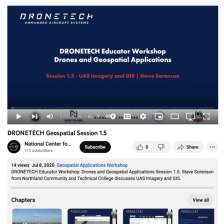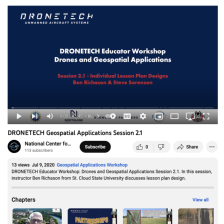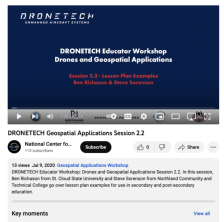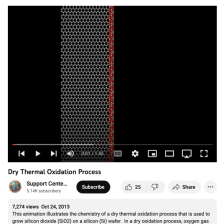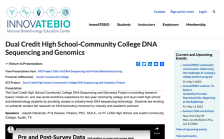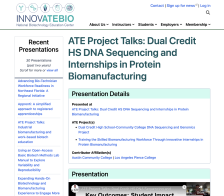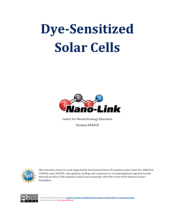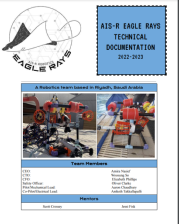Browse Resources
Resources |
|---|
This video recording is from the DroneTech Educator Workshop: Drones and Geospatial Applications series provided by the National Center for Autonomous Technologies. In this presentation, Steve Sorenson discusses the process of using data collected from unmanned aerial systems (UAS) and geographic...
This video recording is from the DroneTech Educator Workshop: Drones and Geospatial Applications series provided by the National Center for Autonomous Technologies. During this presentation, Ben Richason discusses lesson plan design to incorporate drone and geospatial applications into the...
This video recording is from the DroneTech Educator Workshop: Drones and Geospatial Applications series provided by the National Center for Autonomous Technologies. Ben Richason shares lesson plan examples that illustrate applications of drone and geospatial technologies in secondary and...
In this video, created by Support Center for Microsystems Education (SCME), viewers can watch an animation on the dry thermal oxidation process. This animation "illustrates the chemistry of a dry thermal oxidation process that is used to grow silicon dioxide (SiO2) on a silicon (Si) wafer. In a dry...
This interactive resource, developed by North Carolina State University and funded by the United States Department of Energy, helps interested individuals discover applicable "incentives and policies that support renewable energy and energy efficiency in the United States" and surrounding...
This video, published by InnovATEBIO, explores the Dual Credit High School-Community College DNA Sequencing and Genomics Project at Austin Community College (ACC). This project provides research-based, hands-on, and real-world biotechnology workforce experience for two-year community college and...
This resource, published by InnovATEBIO, features two presentations: one that explains the Dual Credit High School-Community College DNA Sequencing and Genomics Project at Austin Community College, followed by one on the development of a training program for protein biomanufacturing at Los Angeles...
Module Description:
This module was created by the Center for Nanotechnology Education (Nano-Link) and covers dye-sensitized solar cells (DSC). "This device is essentially a photo-electrochemical cell, which means that a photo-induced chemical reaction causes electrons to travel from one material...
This 20-page report, from the American International School in Ridyah, describes the design and construction of the underwater remotely operated vehicle (ROV) created by the Eagle Rays team for the Ranger Class of the 2023 MATE ROV competition. MATE ROV is a global competition that challenges STEM...
Two sequencing techniques were developed independently in the 1970s. The method developed by Fred Sanger used chemically altered 'dideoxy' bases to terminate newly synthesized DNA fragments at specific bases (either A, C, T, or G). These fragments are then size-separated, and the DNA sequence can be...
|
| ← PreviousNext → |
